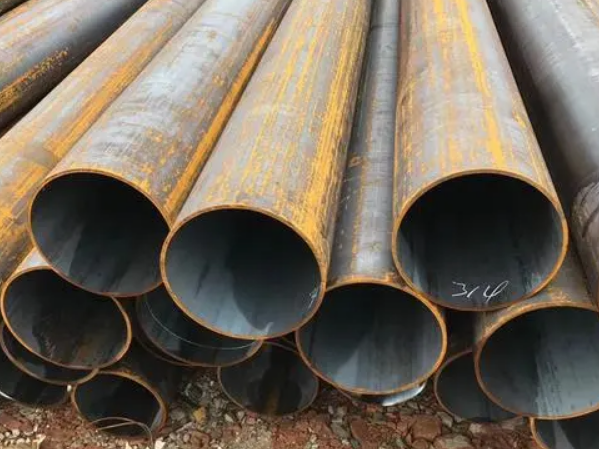Carbon steel tube connection method:
1. Welding connection
Welded connection is the most common method of connecting carbon steel pipes. It can be divided into various methods such as electric welding, gas welding and submerged arc welding. Electric welding generally uses manual arc welding and gas shielded welding. Gas welding, also called fire welding, is a form of manual welding. Submerged arc welding is generally used for long-distance transportation pipelines and is an efficient and highly automated method.
Advantages: The welded connection is tight and reliable, the force is uniform, and it can withstand high pressure. It is suitable for high-pressure, high-temperature, high-flow and high-viscosity fluid transportation.
Disadvantages: The welding process is relatively complex, requiring experienced welders, corresponding equipment and materials, and high cost.
Applicable scenarios: Suitable for occasions with strict transportation requirements and high sealing requirements, such as petroleum, chemical industry, electric power and other industries.

2. Threaded connection
Threaded connection, also known as threaded joint, is a connection method that uses the friction generated by threads to tighten pipes. It is divided into two types: internal threads and external threads.
Advantages: Easy to install and disassemble, no professionals required, can be used repeatedly.
Disadvantages: The threaded connection has poor sealing and is prone to leakage. Use in high pressure, high temperature and cryogenic liquid transfers is limited.
Applicable scenarios: Suitable for low-pressure, non-corrosive, non-explosive gray water, gas and other transportation occasions.
3. Clamp connection
Clamp connection, also known as sleeve clamp connection, is a connection method in which both ends of the pipe are embedded in the sleeve and then clamped and fixed with clamps.
Advantages: Installation is quick and easy, and relatively cheap.
Disadvantages: The sealing performance of the clamp connection is poor, it is difficult to meet the requirements of high-pressure and high-temperature liquids, and it is easy to cause oil leakage, liquid leakage and other problems.
Applicable scenarios: Suitable for transporting small flow liquids, such as tap water, hot water, etc.
4. Flange connection
Flange connection is a connection method in which the flanges at both ends are fitted and bolts are used to fasten the flanges together.
Advantages: The flange connection is tight and reliable, easy to operate, reusable, and suitable for high-pressure and high-temperature transportation.
Disadvantages: The installation process is relatively complicated and requires the use of professional tools and operations, which increases the cost to a certain extent.
Applicable scenarios: Suitable for high temperature and high pressure transportation, such as thermal transportation, chemical industry and petroleum pipelines.
Go here to learn more about "carbon steel vs stainless steel"


